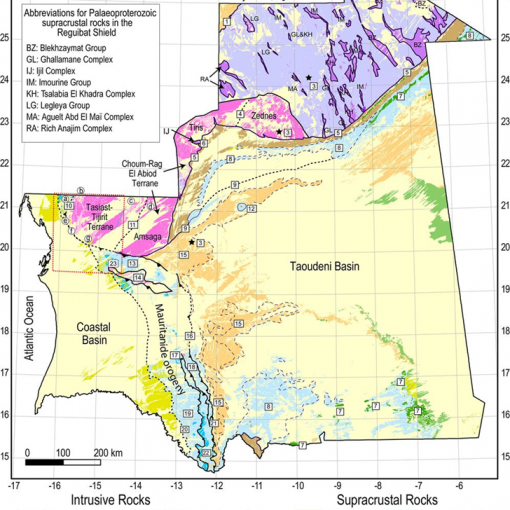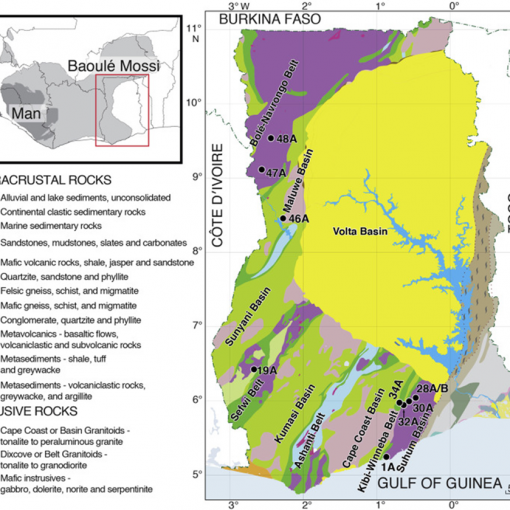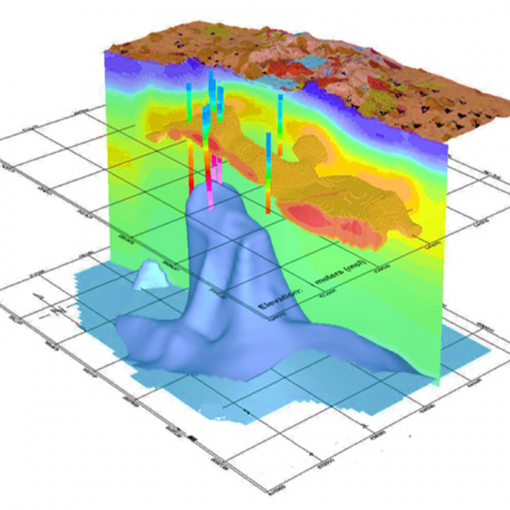- Angola has several geotectonic units including: (1) Congo Craton; (2) Orogenic Mobile Belts (including the Pan-African West Congolian) ; (3) interior sedimentary basins; and (4) perioceanic basins;
- An interesting geologic feature is the Lucapa Corridor extending from SW to NE Angola which has been attributed to mantle upwelling, lithospheric uplift, extensional structures, and Cenozoic volcanism (e.g., at Catanda). Ongoing tectonism, upwelling, and hydrothermal activity are sources of good heat flux in this corridor. Extensive valuable mineralisation is found and being developed in this corridor (including diamonds in kimberlites);
- The Inner Kwanza Basin (now onshore, but located offshore during deposition) has seen elevated geothermal gradients associated with underlying rift systems, and intrusive/eruptive volcanic activity associated with the adjacent West Congolian fold belt which has induced hydrothermalism;
- All these indicators of heat sources and their associated heat flux paths (e.g., faults) would bring heat closer to the surface and demonstrate Geothermal Energy potential in Angola;
- Clean, environmentally sustainable renewable Geothermal Energy would be possible thanks to modern, low and medium enthalpy Binary ORC power generation solutions. Good geoscience tools are available to help incrementally explore and de-risk the areas of potentially suitable heat energy sources before more expensive drilling is required;
- Very attractive Levelised Cost of Electricity (LCOE) is commercially feasible for some developments to help improve electrification, reduce reliance on hydropower plants (and drought risks), reduce rural energy poverty, and increase grid resilience for Angola. Good Solar PV and Wind energies offer resilient hybrid power systems with Geothermal Energy baseload.





